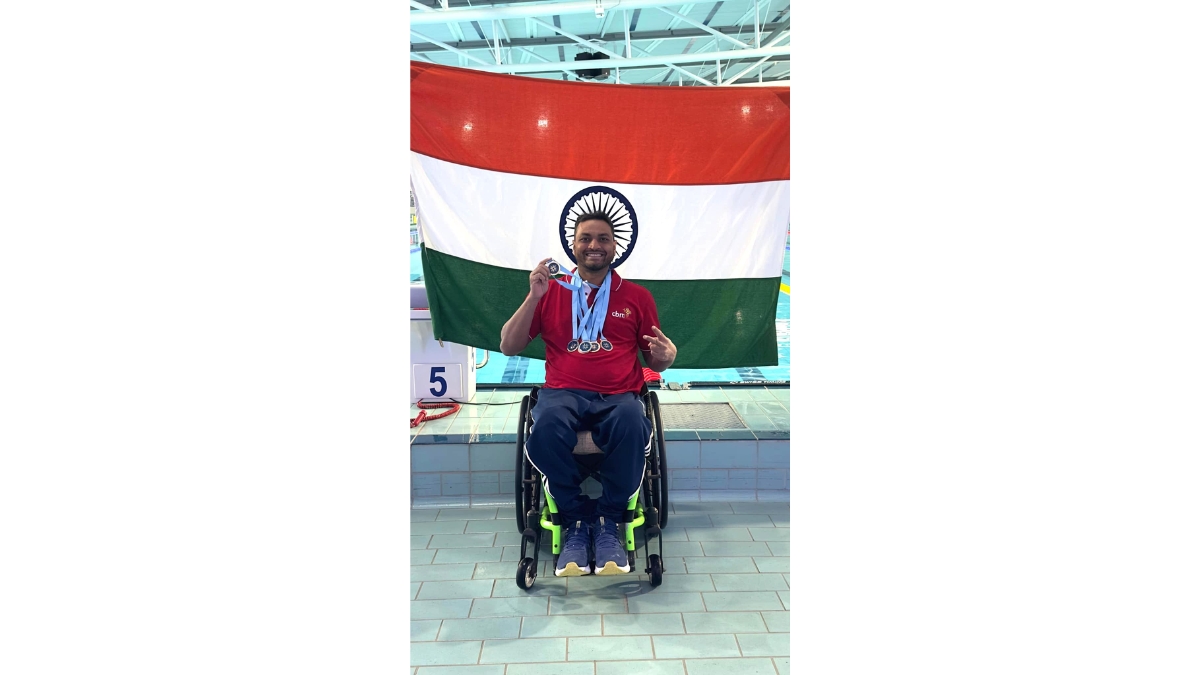Understanding Brain-Eating Amoeba: A Rare but Serious Threat
Kochi (Kerala) [India] August 8 : Brain-eating amoeba, scientifically known as Naegleria fowleri, is a rare but potentially deadly organism that can cause a severe brain infection called primary amoebic meningoencephalitis (PAM). This article aims to provide comprehensive information about brain-eating amoeba, its transmission, symptoms, diagnosis, treatment, and prevention, with a focus on patient-oriented information. [...]

Kochi (Kerala) [India] August 8 : Brain-eating amoeba, scientifically known as Naegleria fowleri, is a rare but potentially deadly organism that can cause a severe brain infection called primary amoebic meningoencephalitis (PAM). This article aims to provide comprehensive information about brain-eating amoeba, its transmission, symptoms, diagnosis, treatment, and prevention, with a focus on patient-oriented information.
What is Brain-Eating Amoeba?
Naegleria fowleri is a free-living amoeba commonly found in warm freshwater environments, such as lakes, rivers, and hot springs. It thrives in temperatures above 25°C (77°F) and can also be present in poorly maintained swimming pools or contaminated tap water. Despite its alarming name, infections are extremely rare, but when they do occur, they are often fatal.
How is it Transmitted?
The primary route of transmission is through the nose. When contaminated water enters the nasal passages, the amoeba can travel up the olfactory nerve to the brain, where it begins to destroy brain tissue. It is important to note that Naegleria fowleri infection cannot be contracted by drinking contaminated water and is not spread from person to person.
Symptoms to Watch For
The initial symptoms of PAM are often similar to those of bacterial meningitis, making early diagnosis challenging. Symptoms typically appear within 1 to 9 days after exposure and can include:
- Severe headache
- Fever
- Nausea and vomiting
- Stiff neck
- Sensitivity to light
- Confusion or changes in behaviour
- Seizures
- Loss of balance or coordination
- Hallucinations
As the disease progresses, symptoms worsen rapidly, leading to coma and, in most cases, death within 1 to 18 days after symptoms begin.
Diagnosis and Treatment
Given the rarity of PAM, early diagnosis is critical but often difficult. Healthcare providers typically begin with a high index of suspicion based on symptoms and recent exposure to warm freshwater. Diagnostic tests may include:
- Lumbar puncture (spinal tap): To examine cerebrospinal fluid (CSF) for the presence of the amoeba.
- Brain imaging (CT or MRI): To detect inflammation or swelling of the brain.
- Lab tests: To confirm the presence of Naegleria fowleri in the CSF.
Treatment options are limited and not always effective. The standard approach involves a combination of antifungal and antimicrobial medications, including amphotericin B, which is administered intravenously and directly into the brain. Recently, a drug called miltefosine has shown promise in some cases, but early intervention is crucial.
Prevention Tips
Preventing infection by Naegleria fowleri primarily involves reducing the risk of exposure to contaminated water. Here are some practical tips to help keep you and your loved ones safe:
- Avoid swimming in warm freshwater: Especially during periods of high temperatures.
- Use nose clips: If swimming or diving in warm freshwater, wearing nose clips can help prevent water from entering the nasal passages.
- Avoid stirring up sediment: When swimming in warm freshwater, try to avoid disturbing the bottom, where the amoeba may reside.
- Ensure proper chlorination: If you own a swimming pool, maintain adequate chlorine levels to kill the amoeba.
- Use safe water for nasal rinsing: When performing nasal irrigation or using neti pots, use only distilled, sterile, or previously boiled water.
Raising Awareness and Seeking Medical Attention
Awareness about Naegleria fowleri and its risks is crucial, especially for families who frequent warm freshwater bodies. If you or your child experience symptoms such as severe headache, fever, or stiff neck after exposure to warm freshwater, seek medical attention immediately. Early intervention can make a significant difference in the outcome.
Conclusion
While the brain-eating amoeba is a rare threat, understanding its transmission, symptoms, and preventive measures can help reduce the risk of infection. By staying informed and taking simple precautions, we can protect ourselves and our families from this dangerous organism. Remember, if in doubt, always consult a healthcare professional for advice and timely treatment.
If you have any objection to this press release content, kindly contact pr.error.rectification@gmail.com to notify us. We will respond and rectify the situation in the next 24 hours.










































































